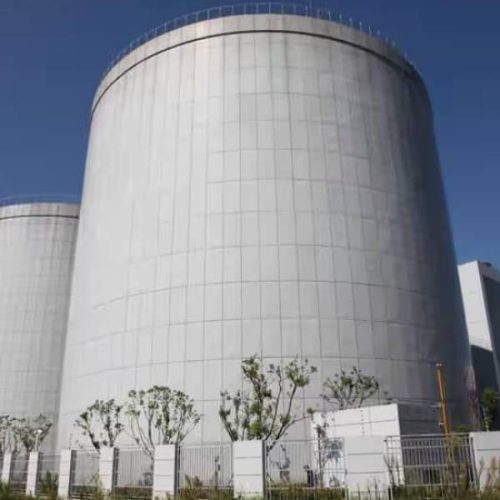Third-Generation Polyaspartic Polyurea: Differentiation and Advantages
Polyurea has evolved significantly over the years, leading to the development of three generations: aromatic polyurea (first generation), aliphatic polyurea (second generation), and polyaspartic polyurea (third generation). As of now, aromatic polyureas dominate the market with a 70% share, followed by polyaspartic polyureas at 25%, and aliphatic polyureas at 5%.

Common Characteristics of the Three Generations of Polyurea:
- Polyurea demonstrates universal adhesion, strongly bonding to substrates such as concrete, brick, metal, wood, and plastic.
- This process relies on rapid polymerization reactions to create a dense, continuous, and seamless coating, free from pinholes, bubbles, or shrinkage. Due to the high stability of urea bonds and the density of the film, the coating offers exceptional resistance to water, alkaline, and acidic conditions.
- Polyurea coatings are ten times more wear-resistant than carbon steel and three to five times more than epoxy resin. Commonly used in industrial heavy-duty flooring subject to frequent traffic and impact, they demonstrate excellent resistance to impact and fatigue.
- Polyurea withstands harsh environmental conditions, being resistant to acids, bases, and salt spray, while offering a long protective lifespan.
Differences Among the Generations of Polyurea:
The first-generation aromatic polyurea, the most economical waterproofing and anti-corrosive material on the market, has two major limitations: poor UV resistance, making it unsuitable for outdoor applications, and susceptibility to discoloration within 2-3 years. Additionally, its 7-second curing time complicates application and compromises overall adhesion.
The second-generation aliphatic polyurea improves upon UV resistance and aging, making it suitable for various outdoor conditions with enhanced weatherability. However, it cannot be applied in moist environments or at temperatures below 3 degrees Celsius and is more expensive.
Distinguishing Features of Third-Generation Polyaspartic Polyurea:
- The adjustable reaction kinetics of polyaspartic polyurea enable extended gel times, ranging from several minutes to hours, facilitating a variety of application methods such as high-pressure, high-temperature spray, brushing, troweling, and rolling, broadening its application scope and simplifying construction.
- This extended gel time significantly enhances substrate wetting and material adhesion.
- Modified resin structures produce coatings with improved tensile strength, elongation at break, and abrasion resistance.
- Resistant to extreme temperatures, it withstands conditions as low as -50 degrees Celsius and as high as +200 degrees Celsius, remaining unaffected by moisture and suitable for application on water or ice surfaces.
Polyaspartic Polyurea:
Polyaspartic polyurea is a reaction product of modified isocyanate prepolymers and polyaspartic ester (known as polyaspartic resin), a secondary amine compound that exhibits a unique steric effect, significantly reducing its reactivity compared to standard aliphatic amine resins.
Advantages of Polyaspartic Polyurea:
- Offers superior weatherability, aging, and UV resistance, making it suitable for outdoor use for many years without aging or powdering. It remains glossy after washing, with over 95% performance retention after 4000 hours of QUVA testing.
- Can be easily applied by hand brushing, rolling, or troweling.
- Strong adhesion prevents coating delamination and failure.
- Elastic properties of the polyaspartic system counteract the effects of thermal expansion and contraction due to significant temperature differences, preventing cracks while maintaining adhesion.
- Excellent low-temperature performance; the coating remains intact without cracking at temperatures down to -50 degrees Celsius.
- Integrates waterproofing and decorative functions, achieving ideal visual effects as per design.
- High resistance to acids and bases; after soaking in a 5% H2SO4/NaOH solution for 30 days, the coating remains intact without blistering.
While polyaspartic polyurea is relatively more expensive than standard polyureas, its combination of aesthetic appeal and durability justifies the cost for many applications.
Feiyang Protech has been specializing in the production of raw materials for polyaspartic coatings for 30 years and can provide polyaspartic resins, hardeners and coating formulations. Feel free to contact us: marketing@feiyang.com.cn
Our products list:
Contact our technical team today to explore how Feiyang Protech’s advanced polyaspartic solutions can transform your coatings strategy. Contact our Tech Team




